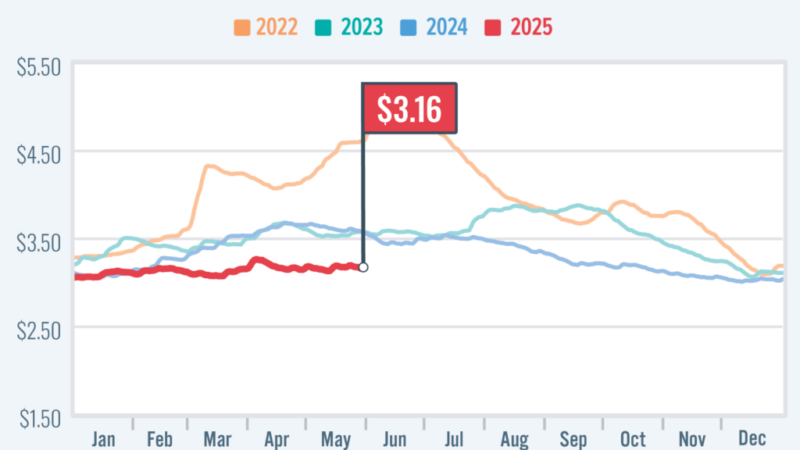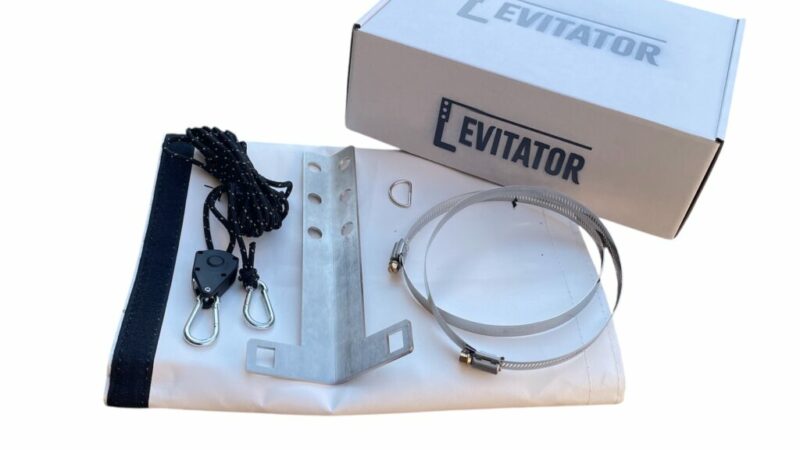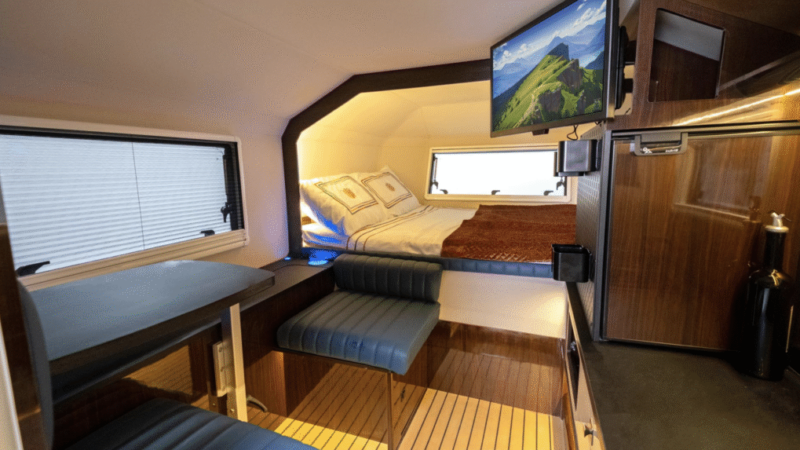Dave Carter & Assoc. Bringing New Lithium Technology to Market
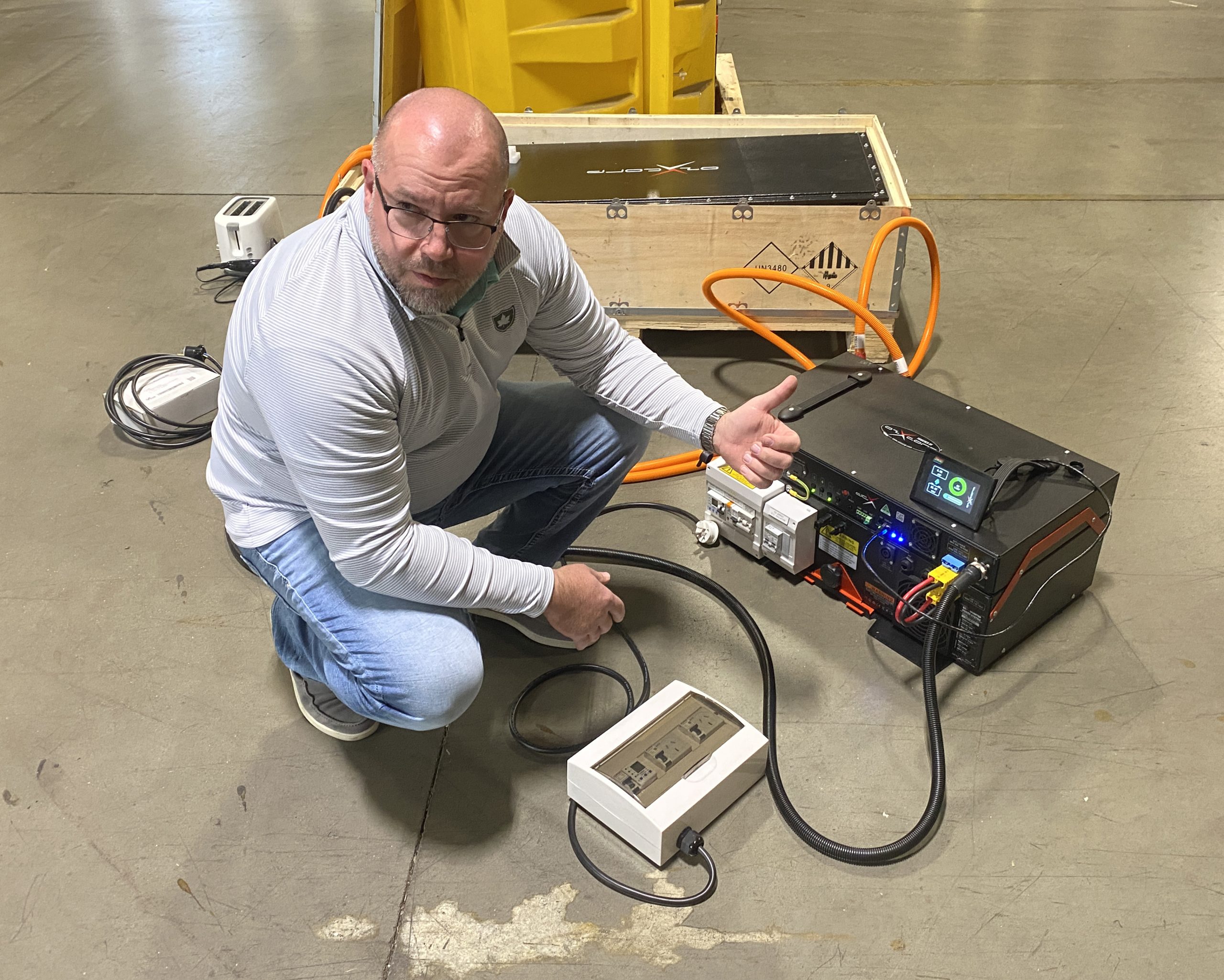
Mike Morh expains the benefits of the all-new DCX lithium power solution from Australian-based OZXCorp. (Photos: Gary Gerard/RVBusines)
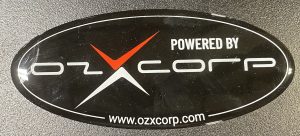 GOSHEN, Ind. – The excitement in Mike Mohr’s voice is palpable as he describes the latest technology Dave Carter and Associates hopes to make available to RV OEMs later this year – the DCX power solution from Australian-based OZXCorp.
GOSHEN, Ind. – The excitement in Mike Mohr’s voice is palpable as he describes the latest technology Dave Carter and Associates hopes to make available to RV OEMs later this year – the DCX power solution from Australian-based OZXCorp.
Mohr, sales manager for Carter – a leading and longtime supplier of fixtures, wiring, electrical components and more to the RV and manufactured housing industries since 1978 – explained that his company and OZXCorp, based in Australia, have partnered to bring the new technology to the U.S.
Carter – with corporate headquarters in Ocala, Fla., and operating 11 distribution centers across the U.S. including a 300,000-square-foot facility in Goshen, Ind. – will be the exclusive, multi-year distributor for DCX.

The DCX controller/inverter.
“It’s a plug-and-play solution, engineered from the ground up,” Mohr said. “The battery itself is benchmarked as the lightest weight complete solution available. It’s lighter and more robust, in a complete solution. The OEM doesn’t have to struggle hooking it up or servicing it. Turn it on, turn it off. It’s completely self-managing. It’s technically bulletproof.”
Andrew Huett, OZXCorp co-founder, and his family are avid campers and he designed the DCX power solution to “drive the next generation of RVs with innovative market-leading solutions, improving the end-user experience, simplifying manufacturer lifecycles, and driving towards total off-grid living,” according to information provided by the company.
When Mohr says “robust,” believe him. Here are the specs he’s talking about.
The controller contains a 6,000-watt AC inverter, and a 4,000-watt MPPT (maximum power point tracking) solar controller. Currently configured for the 32-amp Australian market, the U.S. version will offer up to 60 amps at 120-volt continuous single-phase. It also will have a second set of MC4 (multi-contact 4mm diameter) connectors to accommodate up to a total of 8,000 watts under the MPPT controller.
“Two different battery packs come along with the system,” Mohr explained. “The one here in the box is the bigger one, at 14.3 kilowatt (290 pounds). The smaller version is 7.1 kilowatt (150 pounds). This is a complete electrification solution – battery pack, brain and all the harnesses, safety labels, owner’s manual and digital display for the battery management system. It’s all here in one package.”
At 14.3 kilowatts and a 12-volt conversion, the big battery will generate 1,360-amp-hours. The smaller battery offers 650 amp hours.

The DCX battery.
The battery management system won’t let it go dead, Mohr said. The controller sends a warning that the system is reaching a critical level and will shut itself down, yet keep enough power in reserve for critical systems, like heat. Eventually, it will completely shut down if not plugged into solar or shore power.
The batteries are designed to be chassis mounted in a travel trailer, with six mounting points designed into the build. The battery is IC67 rated (waterproof and dustproof), has crumple zones and is intended to be mounted inside the frame rails alongside the black tank and gray tank, under the floor.
The controller needs to be accessible to the user so must be mounted somewhere in the living space along with its digital display.
This compares to the current largest offerings in the RV power solution space, with 100-, 200- or 300-amp-hour batteries alongside 3,000-watt inverters.
“So they’ll daisy chain a couple of 300-amp-hour batteries together and put a couple 3,000-watt inverters together to try and make a similar solution, but at that point you’ve got a lot of installation and hookup problems. With this, you chassis-mount the battery. The kit is a crate with the battery and a box with the inverter/converter. A third box will have all the harnesses; no cutting or crimping required. You’ll have all the safety placards and stickers, the owners manual, the digital display and everything just plugs in together.”
Technology inside the battery includes a floating ground system, dual Jewel fire extinguishers and double-pull, double-fuse protection.
“The only thing that can damage this battery, in a real way, is some sort of blunt force,” Mohr said. “But if you were to cut that harness – all the way through – it’s going to blow the fuses inside of it.”
The system was designed to take off-grid to the extreme, offering a solution that, if employed with enough solar panels, can take an RVer away from shore power indefinitely.
The DCX is already employed in the ERV, a travel trailer billed as “the world’s first all-electric caravan” by Australian-based manufacturer Retreat Caravans. The ERV comes standard with 2,400 watts of solar panels on top.
“What do you want to do with it? How off-grid do you want to be? How independent from a park post do you want to be?” Mohr asked. “To get maximum efficiency, you want as much solar on the roof as you can get. In that case, you’ll never have to worry about running this thing so low that It’s going to shut down.”
Mohr took the fully-charged unit to the RV Hall Supplier Show last week and demonstrated it by repeatedly running high-amp, small appliances like a toaster and hair dryer. he performed the same demonstrations all this week as well in follow-up appointments. When he showed RVBusiness the unit Thursday (Oct. 6), the battery still held a 90% charge.
“There is nothing like this on the market,” Mohr said. “There have been attempts to create this type of solution, but this is the first solution that has been engineered from the ground up to offer this type of efficiency in an electrical setting, using lithium power to offer both AC and DC electricity.”
Mohr and Huett currently are working with Underwriters Laboratory and the RV Industry Association to wade through any potential compliance issues and hope to be able to offer the system to the U.S. market by the end of the year.
The price? At this point Mohr can only concede that it is not inexpesnive.
“There’s not a whole lot to benchmark this against,” he said. “This thing is a lot smarter than a couple of 3,000-watt inverters. In this one, the solar panels are wired to the hot side of bus, so that’s going to pass through on the top side into the power system and whatever’s left is going to charge the battery, rather that pushing it through the inverter into the battery. It’s more efficient, so you’re going to maximize that energy. If you benchmark against other systems, I think this is actually a more affordable option.”
Source: https://rvbusiness.com/dave-carter-assoc-bringing-new-lithium-technology-to-market/


